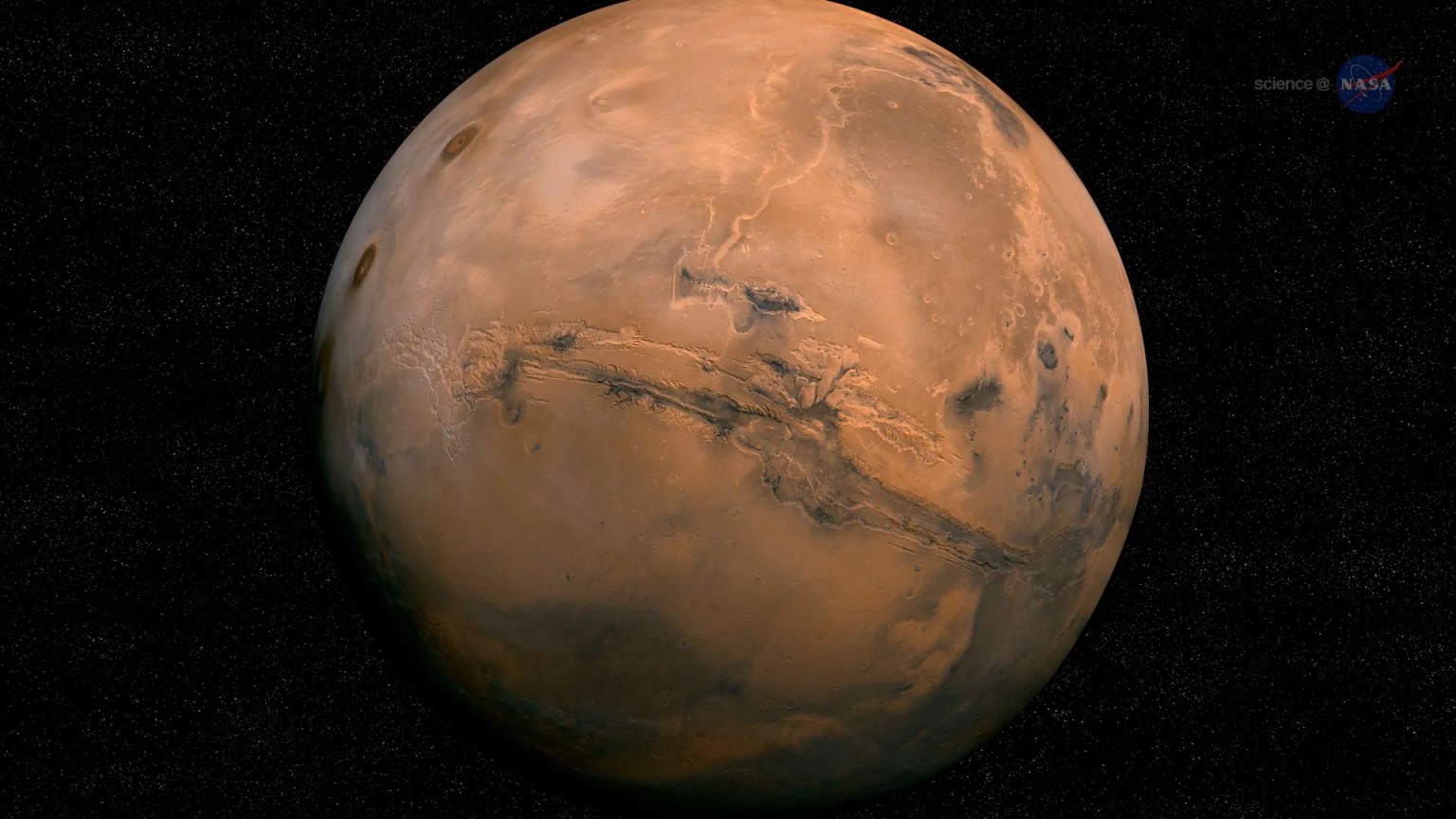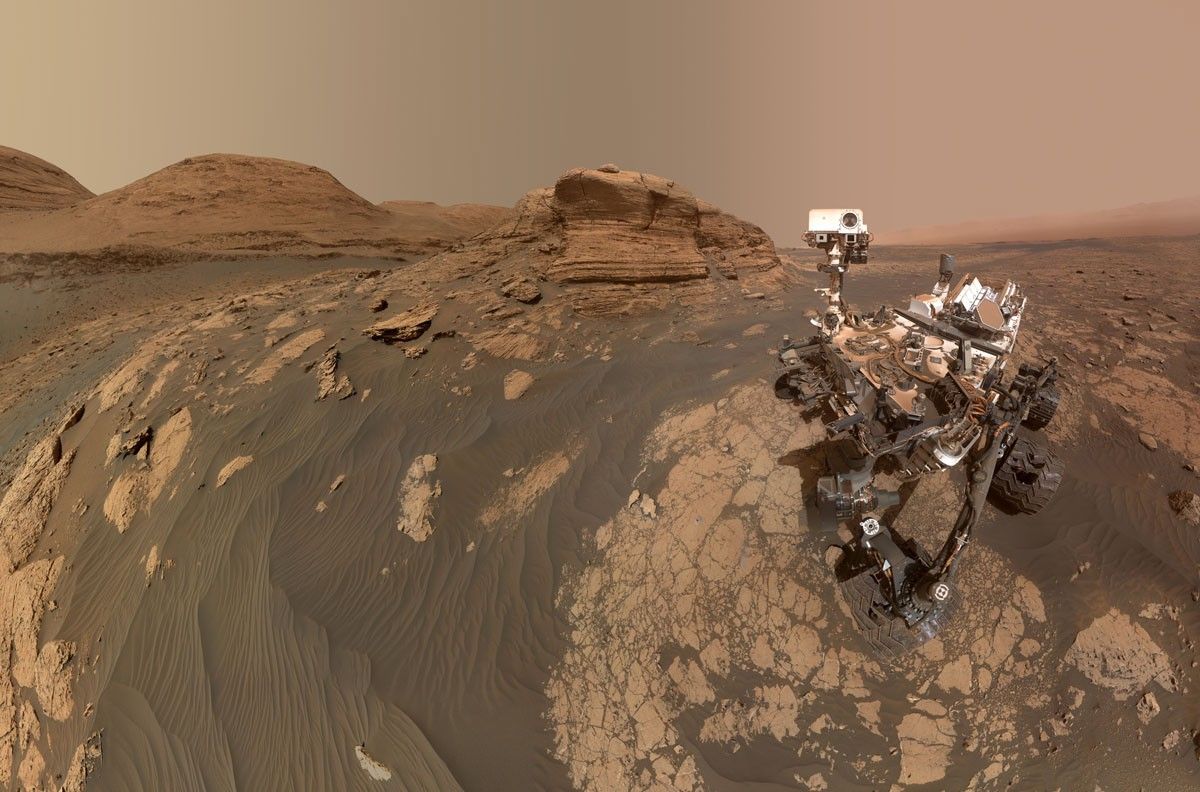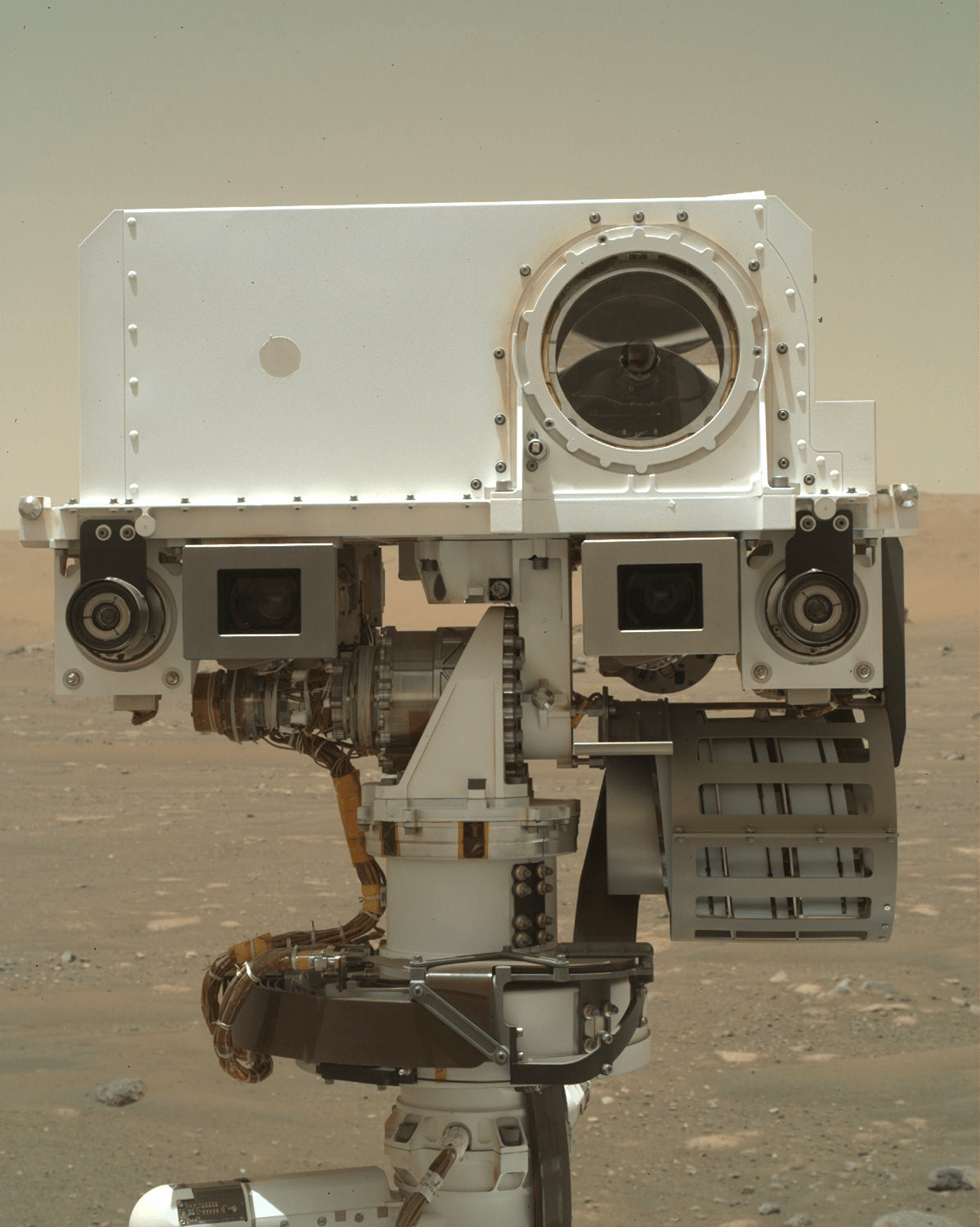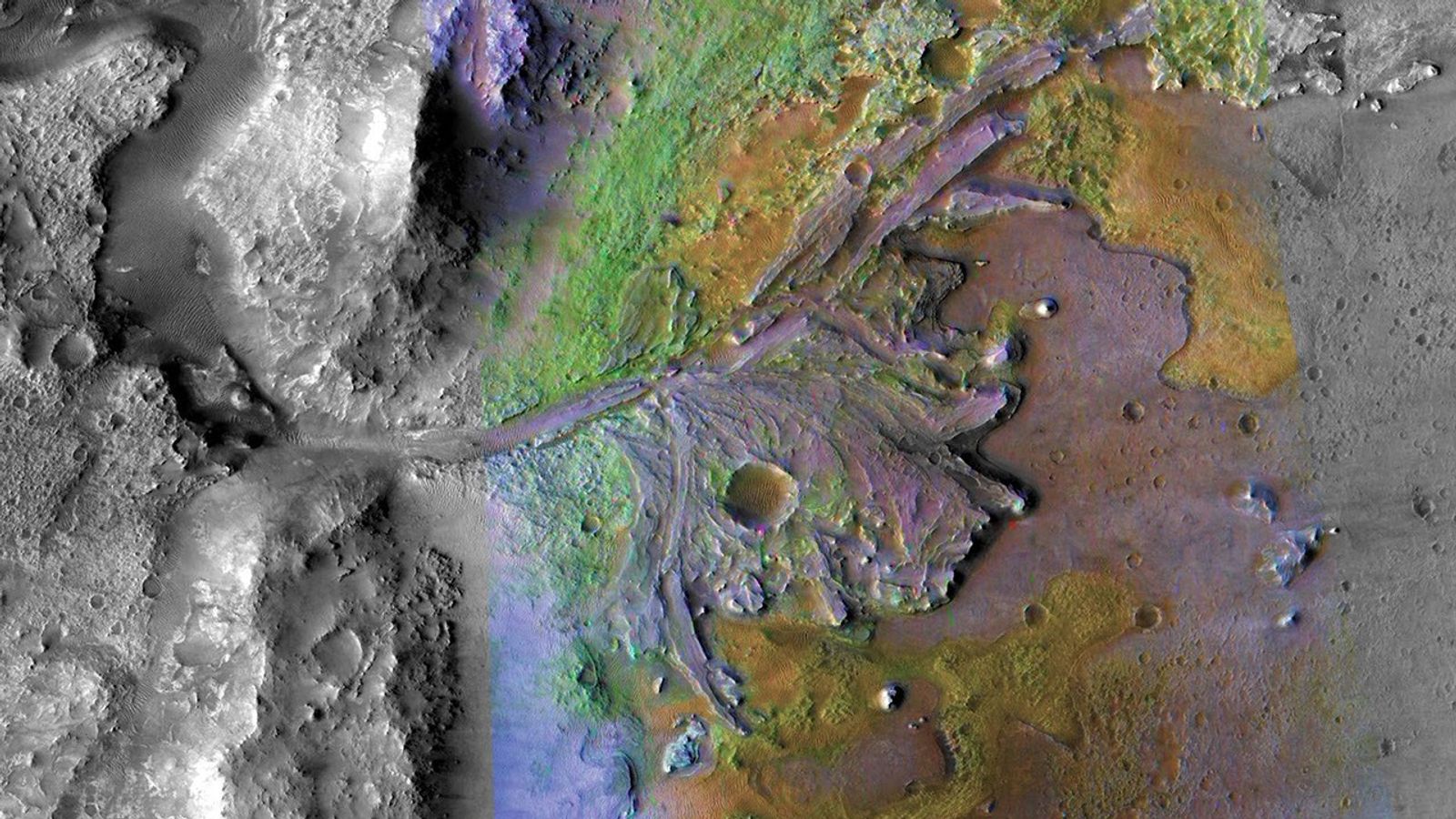2 min read
Gardens on Mars? No, Just Rocks!
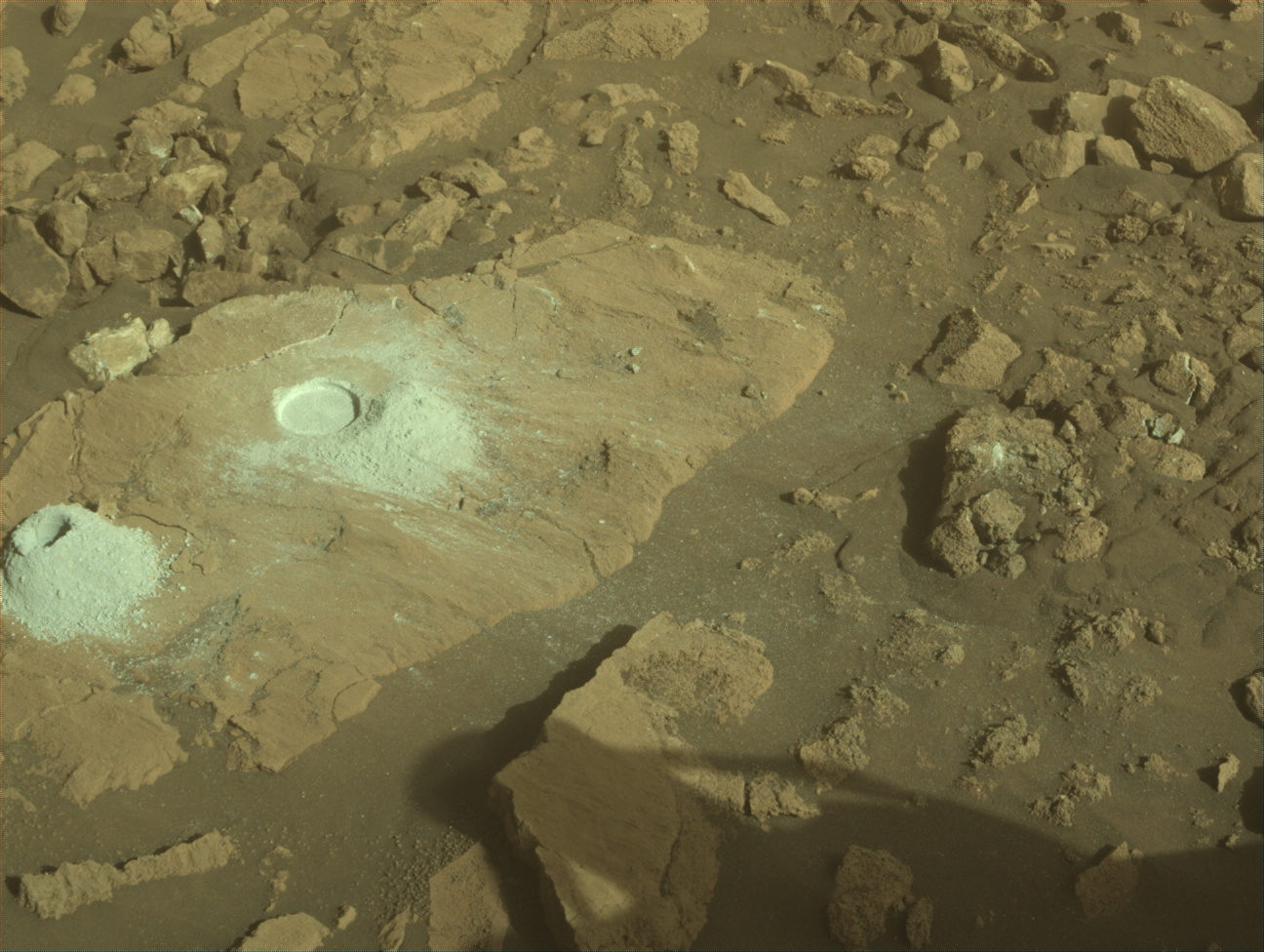
Over the past week, Perseverance has been parked at a location called “Tablelands,” an area containing the “Serpentine Lake” abrasion patch acquired a few weeks ago. The Mars 2020 team has been diligently analyzing the data from the abrasion patch, and these findings led to the decision to return to Tablelands and attempt a sample at this location. Due to the disaggregated material thwarting our last sample attempt at “Cat Arm Reservoir,” the team was eagerly awaiting results from this sampling attempt at a target called “Green Gardens.”
Then, very early Monday morning, the CacheCam images came down confirming that Perseverance had collected another core on Mars! The team will be working next on sealing this sample tube.
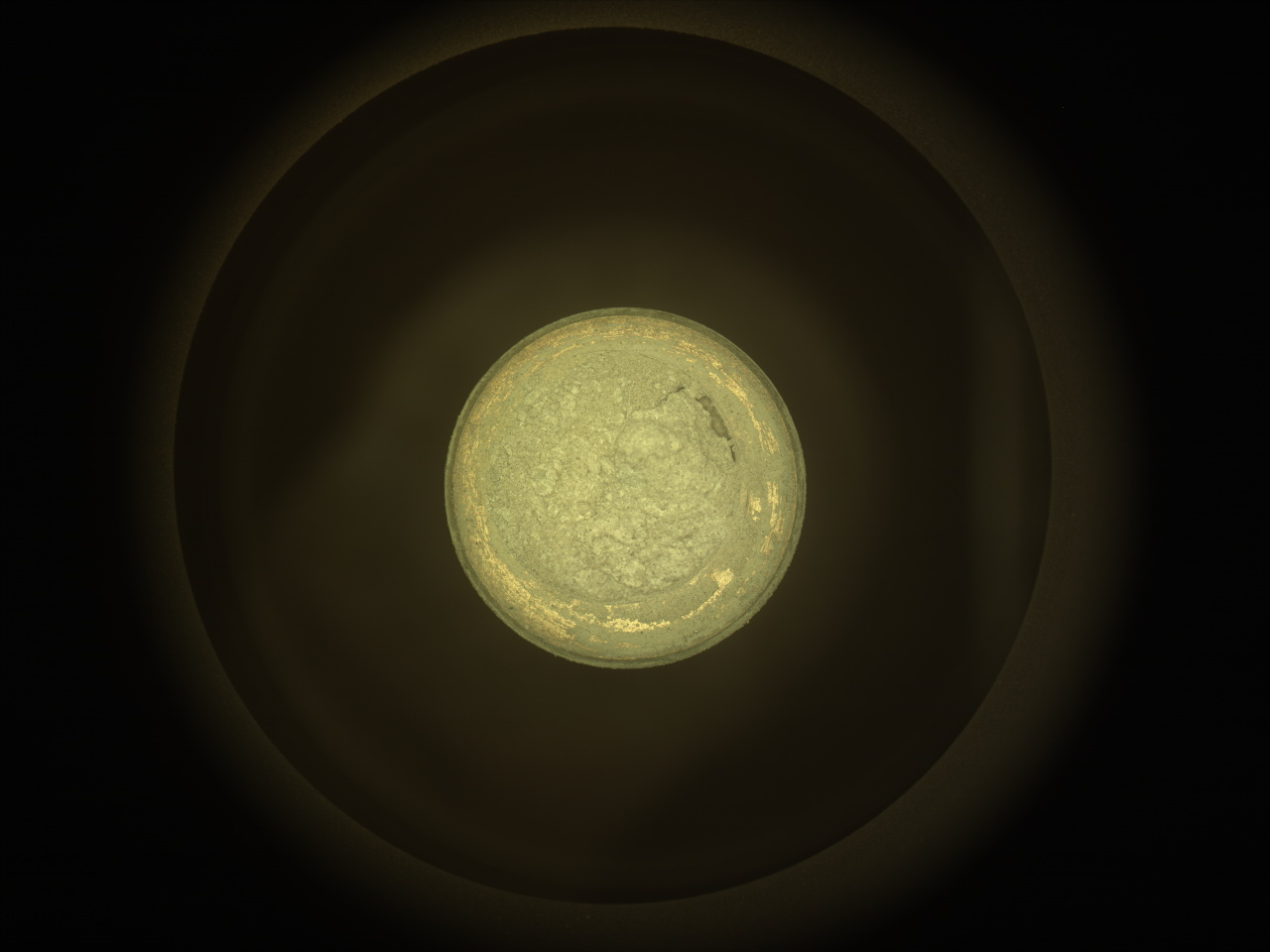
Tablelands, the rock from which the Green Gardens core comes, is exciting to the Science Team because it contains serpentine minerals. These serpentine minerals likely formed several billion years ago when water interacted with rocks before Jezero crater formed. Water altered the minerals originally present in the rock into serpentine, which is often green in color. This characteristic green color is why the team chose the name “Green Gardens” for this sample target. These minerals are especially exciting because their structure and composition can tell us about the history of water on Mars. The formation of serpentine on Earth can support microbial communities, and the same might have been true on Mars. A sample like this from the Jezero crater rim is an important piece of the puzzle to Jezero’s watery past!
Perseverance is planning to conclude its time at Serpentine Lake with more science observations of the Tablelands outcrop. These measurements could include a reexamination of the Serpentine Lake abrasion patch and analysis of the tailings pile produced by the Green Gardens drill. After snaking around this area for a couple weeks, our next drives will take us further down the slope of the crater rim. We’ll head toward our next stop at a site called “Broom Point,” where more exciting discoveries await!
Written by Eleanor Moreland, Ph.D. Student Collaborator at Rice University



